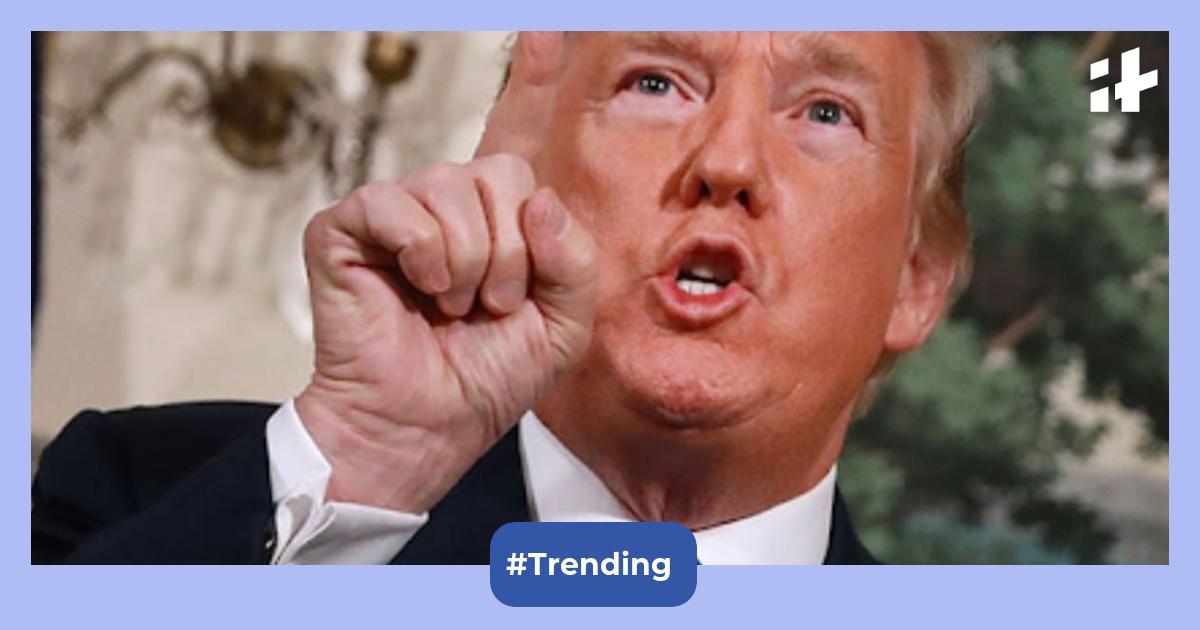Trump Defends Tariff Policy: A Shift Toward Key Industries
U.S. President Donald Trump has recently taken to the airwaves, defending his administration’s tariff policy amidst growing concerns from various sectors. Speaking to reporters in New Jersey before boarding Air Force One, he emphasized that the focus of these tariffs is not on everyday consumer goods like clothing and shoes, but rather on strengthening critical sectors such as military equipment and advanced technology. This marked a continued assertion of his administration’s intention to reshape American manufacturing priorities.
Focus on Heavy Manufacturing and Technology
Trump’s remarks underscore a strategic shift in economic policy. He stated, “We’re not looking to make sneakers and T-shirts. We want to make military equipment. We want to make big things.” This declaration reflects a clear intent to pivot away from traditional manufacturing sectors. Instead, his administration aims to bolster production in areas such as artificial intelligence, semiconductor chips, and defense capabilities.
By prioritizing "big things" over more common apparel, Trump is channeling resources toward industries he deems essential for national security and technological leadership. In this vision, investing in advanced manufacturing not only fosters economic resilience but also ensures the United States maintains a competitive edge on the global stage.
Industry Group Raises Price Concerns
However, not everyone shares this optimistic outlook. The American Apparel & Footwear Association (AAFA) has voiced significant concerns regarding the potential ramifications of Trump’s tariff policies on the clothing and footwear sector. According to Steve Lamar, President of the AAFA, a staggering 97% of the clothes and shoes consumed in the U.S. are imported. This reliance on international supply chains makes the sector particularly vulnerable to tariff increases.
Lamar highlighted that the apparel and footwear industry is already highly tariffed, and further increases could exacerbate the situation. He argued, “More tariffs will only mean higher input costs for U.S. manufacturers and higher prices that will hurt lower-income consumers.” This sentiment resonates with many industry players who worry that escalating tariffs could lead to a significant increase in retail prices, hurting American families already dealing with economic pressures.
EU Tariff Deadline Extended to July
In a bid to manage international relations, Trump recently revised his stance on tariffs affecting the European Union (EU). Initially proposed at a 50% tariff on EU goods starting June 1, the deadline has now been postponed to July 9. This extension allows for further negotiations between Washington and EU representatives. The decision signals Trump’s recognition of the complex interdependence between U.S. and European economies.
The possibility of a 25% tariff on imported iPhones adds another layer of complexity to these discussions. Given that many consumers rely heavily on such devices, the implications of these tariffs could span beyond just trade talks, affecting everyday American life.
A Balancing Act
The growing tension between Trump’s industrial goals and the realities of the U.S. economy illustrates a crucial balancing act. While striving to restore manufacturing jobs and bolster domestic production, the administration must navigate a global economy intricately woven with international suppliers. For many Americans, especially those in lower-cost sectors like textiles, the consequences of heightened tariffs could feel deeply personal.
Moreover, Trump’s support from working-class voters, who played a pivotal role in his election victories in 2016 and 2024, adds another layer of urgency to his policies. These voters, often affected by manufacturing job losses, are hopeful that a focus on domestic production can fulfill the promises made during his campaigns.
As discussions around tariffs and their implications continue, the future of American manufacturing hangs in the balance, challenging existing paradigms while navigating the complexities of modern global trade.


